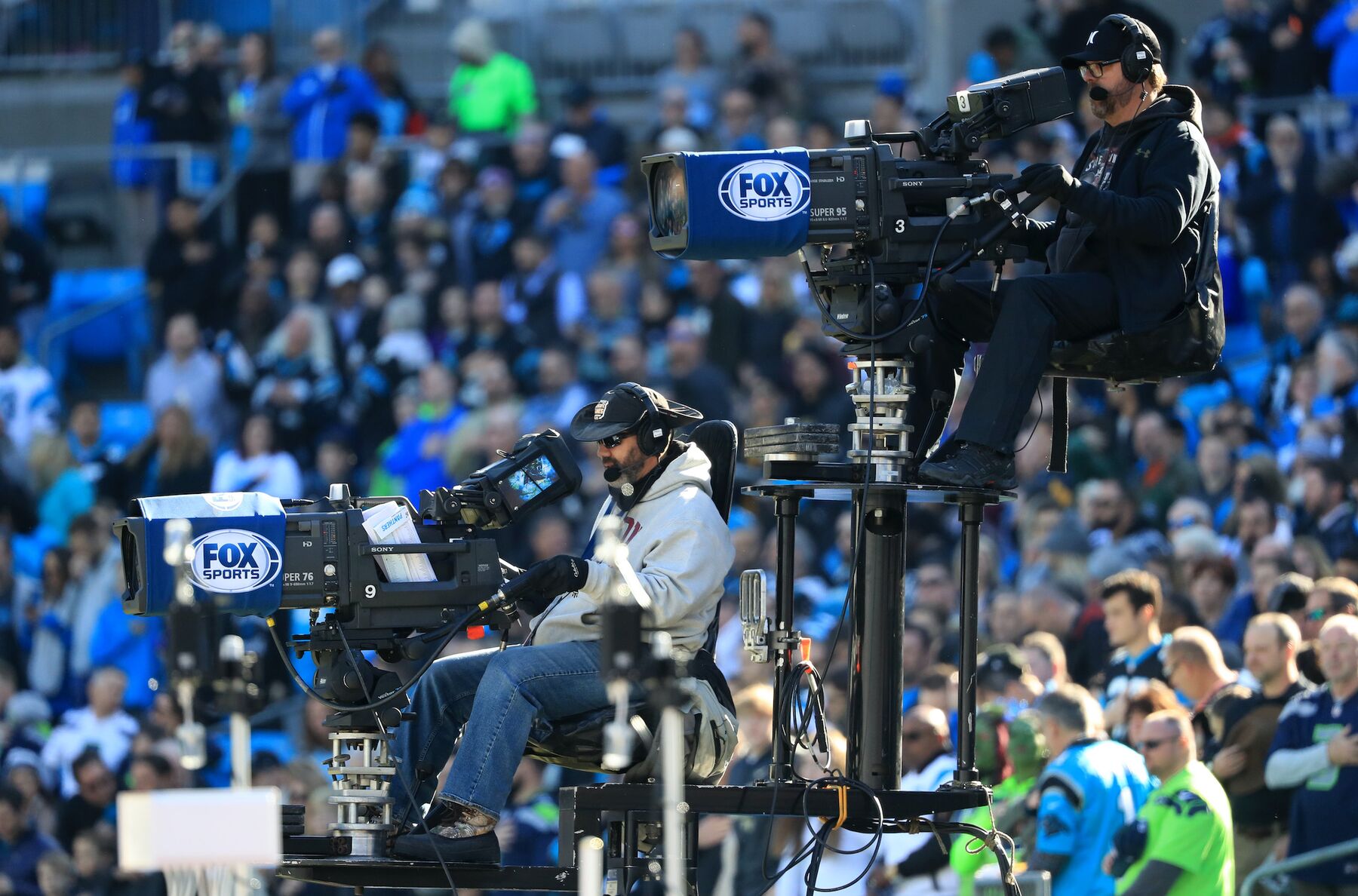Many in the industry are aware of the importance of digital transformation to enable more rapid, targeted, and agile business practices. In light of recent world events and shifting economies, businesses should consider this advice to help them succeed in the present.
The market is changing fast and in ways that can be difficult to anticipate moving forward. The brand leaders who excel in the new market reality will be those who can harness the speed, insights and agility provided by artificial intelligence (AI) and other advanced technologies.
The age of uncertainty
As the market re-emerges from a global pandemic, old rules around messaging and targeting may no longer apply. This is particularly relevant for travel and hospitality marketers, as they struggle to identify which consumer groups will likely be willing and able to take a trip. They have to achieve this goal amidst a flood of competitive campaigns in an industry desperate for revenue.
However, this temporary reality is not necessarily the new normal. For example, many consumers are currently choosing delivery instead of brick-and-mortar shopping. While this trend might spur marketers to focus more resources on delivery platforms, this might not be the most effective strategy for every audience moving forward. Some groups may continue using delivery for years to come, while others might be excited about going back to the mall.
Your target customer segment may look very different than it did six months ago. Household roles could have changed, meaning that different people are going to the grocery store, shopping for clothes or providing childcare.
As a result, marketers must move quickly to rediscover which consumer segments are most likely to engage with their brand, how they want to be reached and what messaging will resonate most.
The need for speed
I believe the best strategy for effectively identifying emerging trends and new consumer preferences will likely be a combination of data analysis and an accelerated process of trial, error and adjustment. This can mean gone are the days of 30, 60 or 90-day marketing campaigns, at the end of which results are analysed, lessons are learned and the cycle starts over again. For most companies, this approach will be too slow. It could also lead to lost opportunities to effectively engage with the market because campaigns failed to refine their messaging to reflect changing consumer dynamics.
Staying ahead of the competition may require marketers to make data-driven predictions on how messages and strategies will resonate, execute campaigns based on those insights and rapidly adjust to optimise effectiveness.
To achieve this level of speed and agility, you need the right tools.
The limits of traditional DCO
Dynamic creative optimisation (DCO) can provide a powerful solution for targeted marketing. The ability to alter creative elements and how they’re presented to certain segments is a good first step toward helping your messages resonate as intended.
But many current methods of DCO may be too limited and too slow for today’s market. Most of these solutions follow predetermined rules that cannot be broken. Messages are customised for each group, but the technology may lack the ability to make advanced predictions regarding how they will be received or automatically adjust creative elements based on engagement. A more intelligent approach to DCO is needed.
AI-driven creative optimisation
IBM Advertising Accelerator with Watson helps marketers increase engagement and effectiveness by using AI to predict the optimal mix of creative elements prior to the ad being presented to consumers. Watson AI gathers, analyses and learns from consumer engagement data to automatically make adjustments to both copy and visual elements, helping you to rapidly improve message resonance moving forward.
The solution supports rapid in-market data processing, model creation and training to help identify hidden engagement patterns across audiences and automatically cluster similar users together in ways you may not have anticipated. Once these clusters have been identified, unique experiences are served to each group based on projected resonance. The solution also extracts rich insights about highest and lowest performance experiences to help inform future campaigns.
These capabilities are designed to help marketers become less reactionary and more predictive and deliver the optimal combination elements to drive engagement and conversion for each specific customer group.
Source: Adweek







Comment
No comments found.